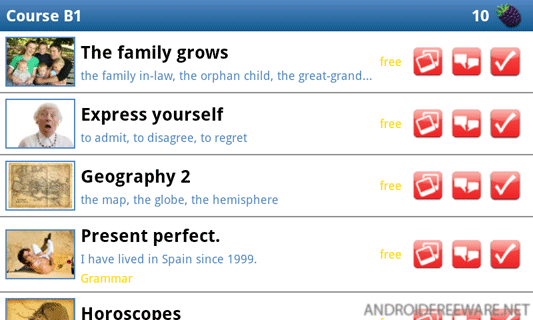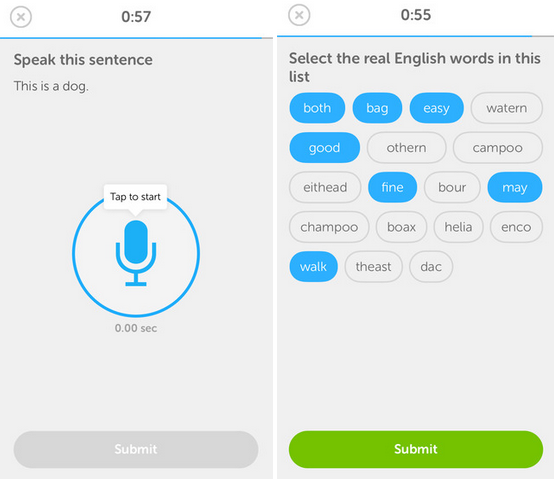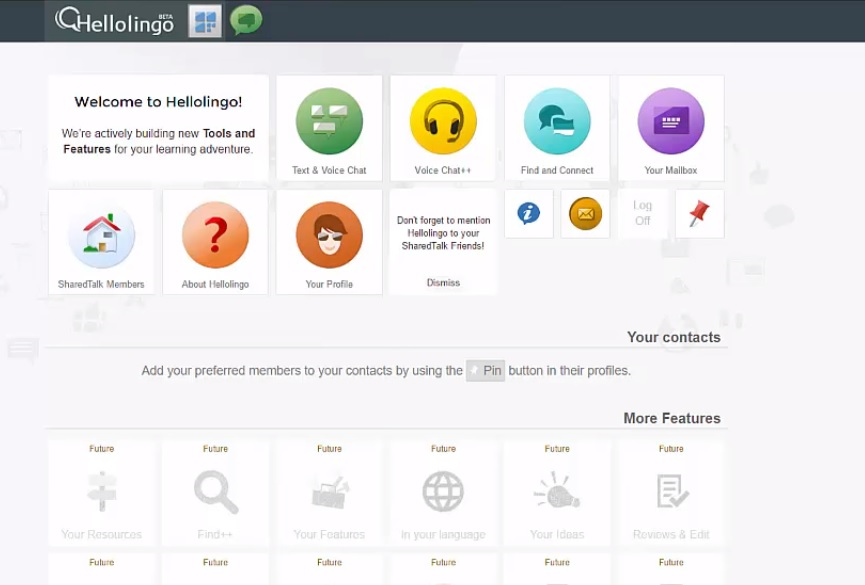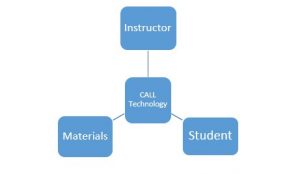Busuu is considered a language learning community social network for learning languages. The mobile application offers language learners with learning units that add up to twelve languages that include a translation from English to English, as well as Spanish and other languages such as French to English or German language. The tool also translates user’s native language to other languages such as Chinese and English. Those who use the tool usually choose a number of the languages and work throughout the self-paced component.
BUSUU application can be used to learn a number of different languages. It has been observed that over 15 million people use the tool to learn languages such as English, Spanish, French, Italian, Japanese, Portuguese, Russian, Turkish, Arabic, Chinese and polish, and I found it is useful for English beginners. Besides learning different languages, the tool can be used to show how well a learner has learned a foreign language, such as English. The tool has audio and video features besides the written commands that help a learner to learn English in a particular period. Once an individual is done with one part the BUSUU tool allows them to move to the next level. It is also equipped with dialogue boxes that when a learner clicks on them they can see the translation of the statements and listen to the prompted audio that reads the words, this function can improve oral communication for English beginners.
Learners who make use of the tool are usually categorized into two groups that include the ordinary user and a premium member. The tool is also made up of video units, podcasts and voice recorder functions. The BUSUU site gives room for a mutual learning by giving the users a good chance to access information that assists them to learn English while at the same time, listen, write, read and talking with the help of advancing a community of traditional speakers.




